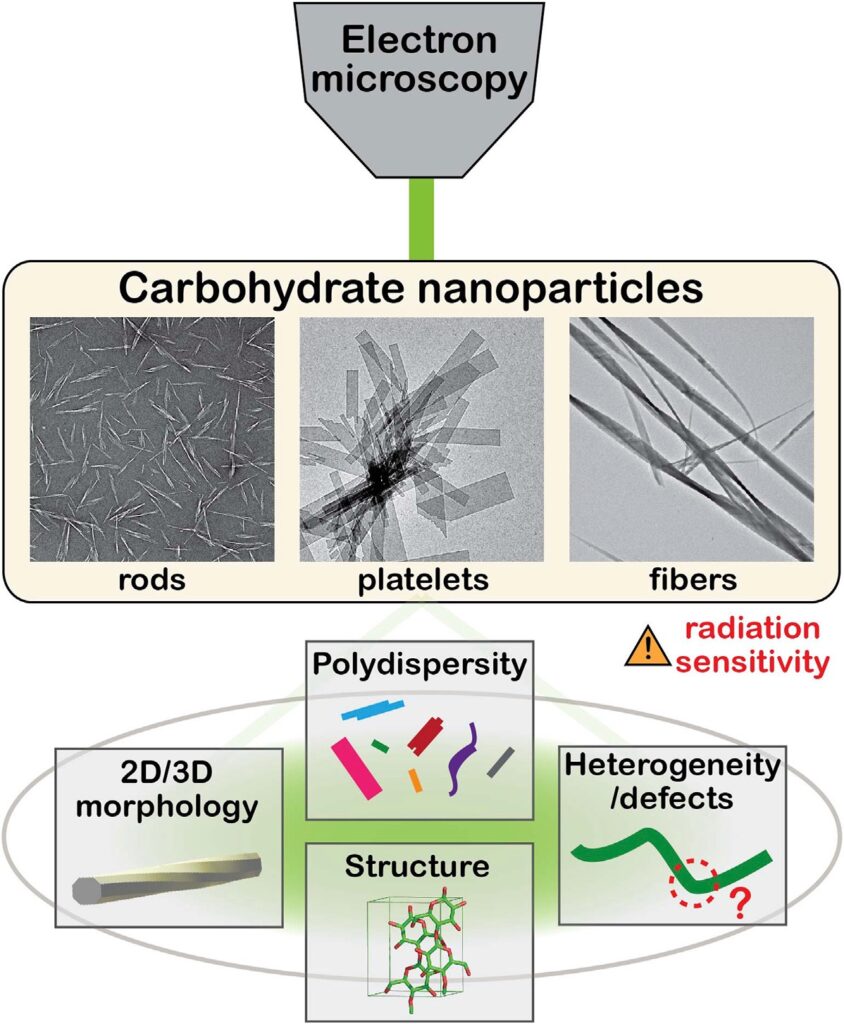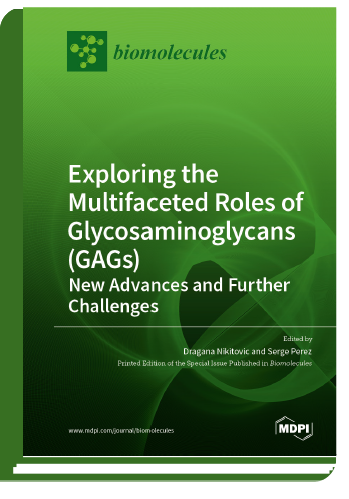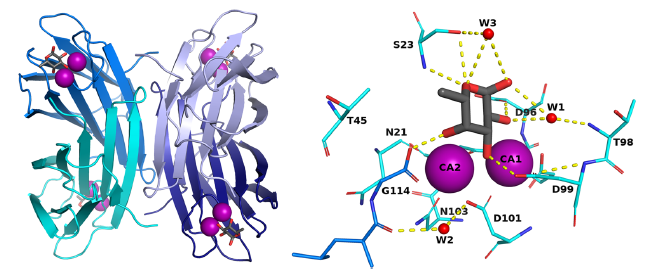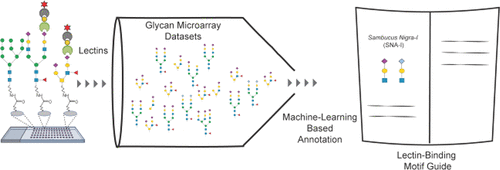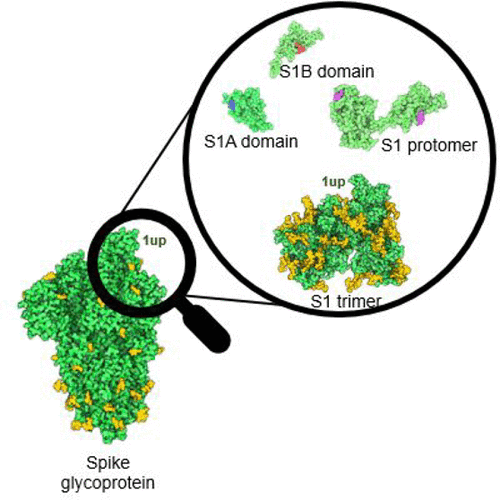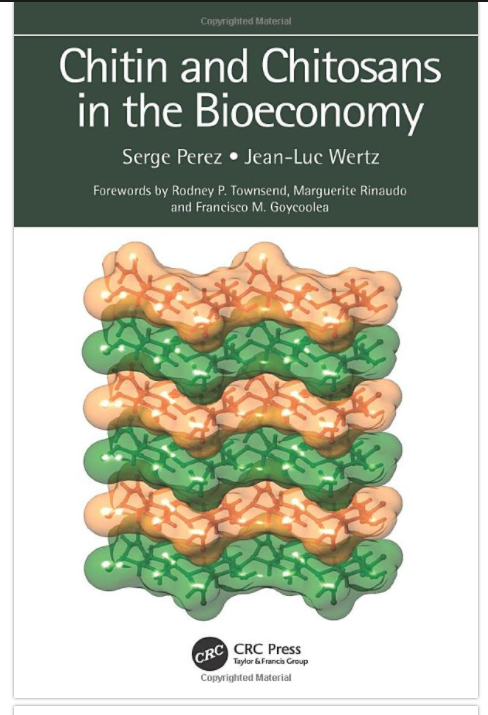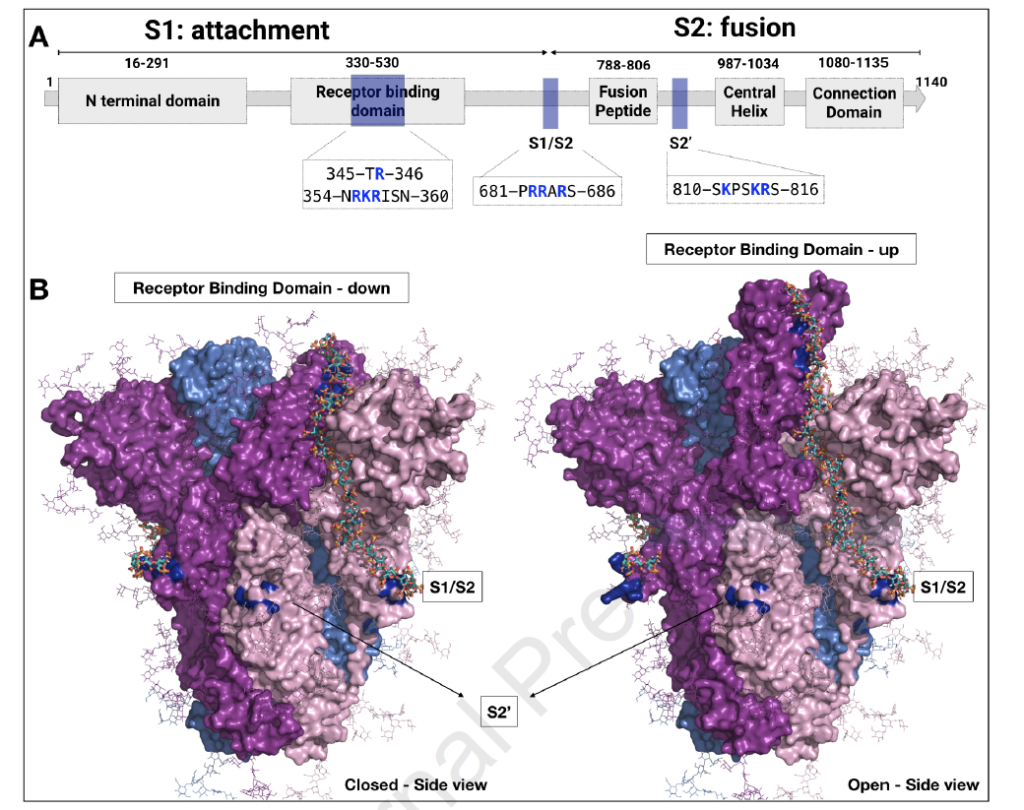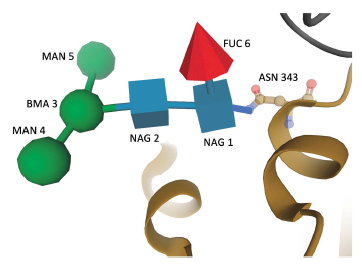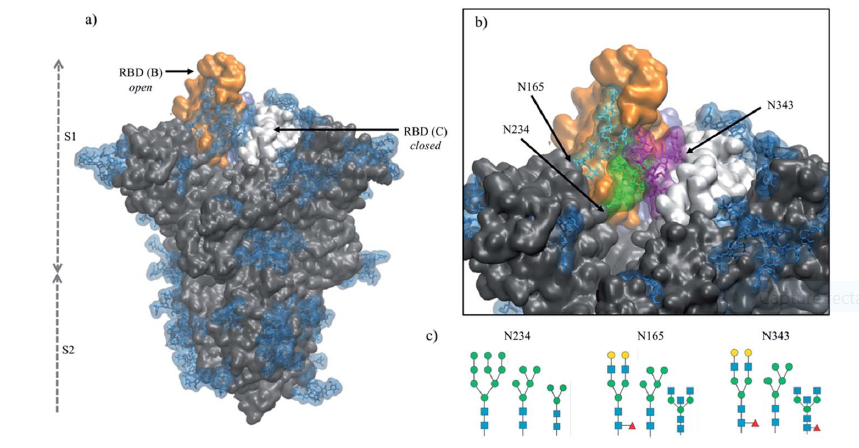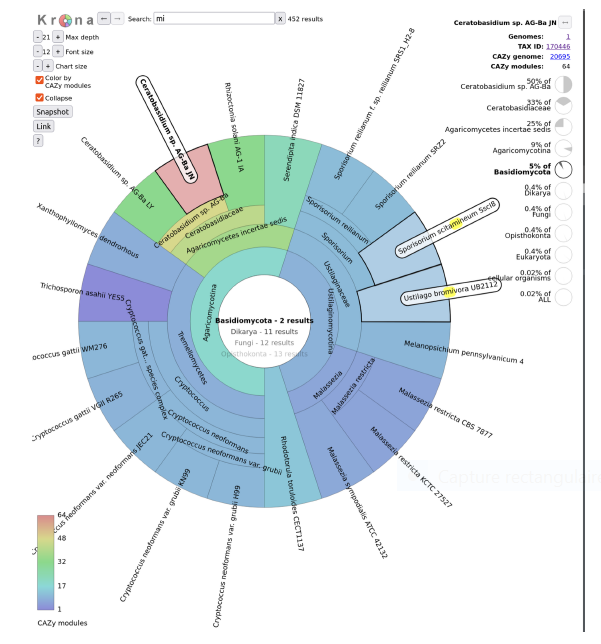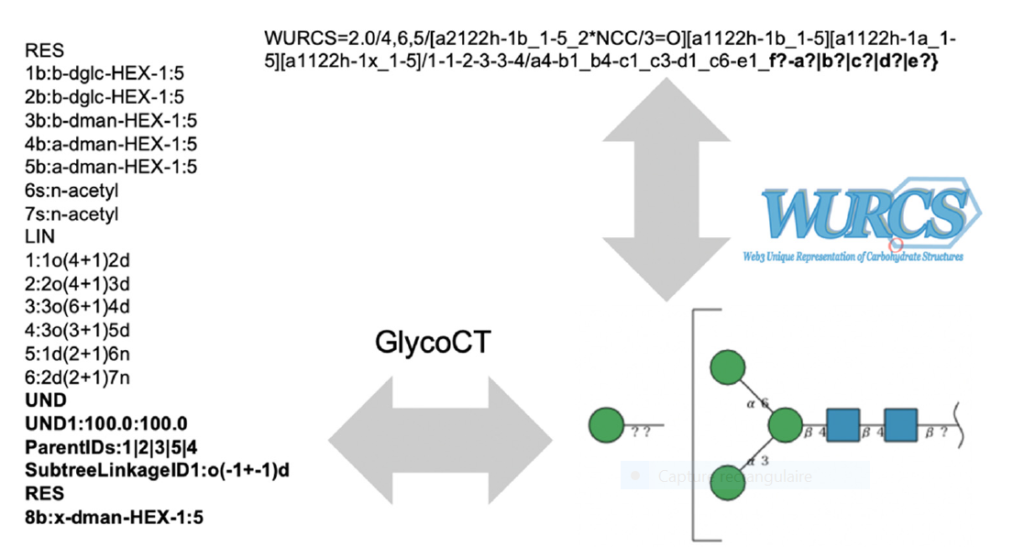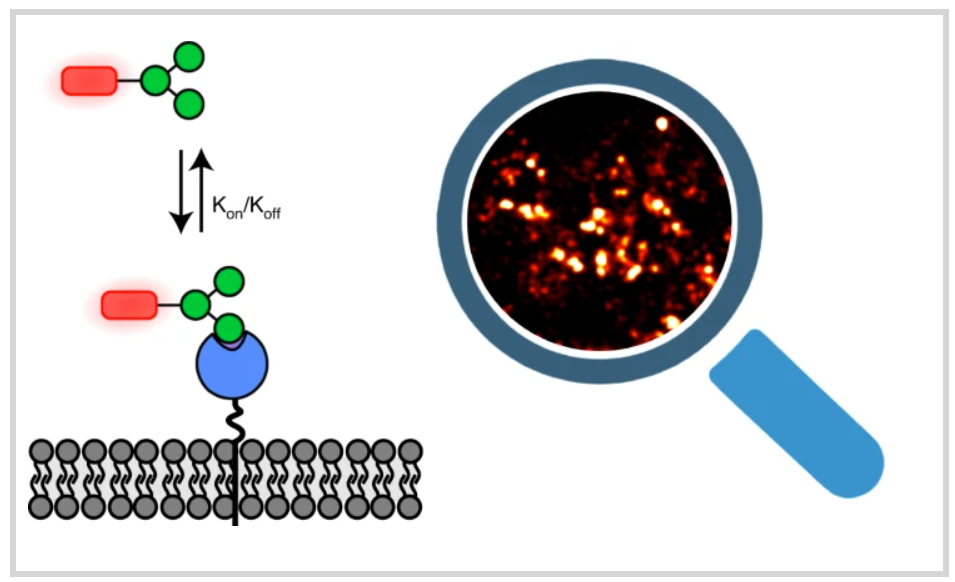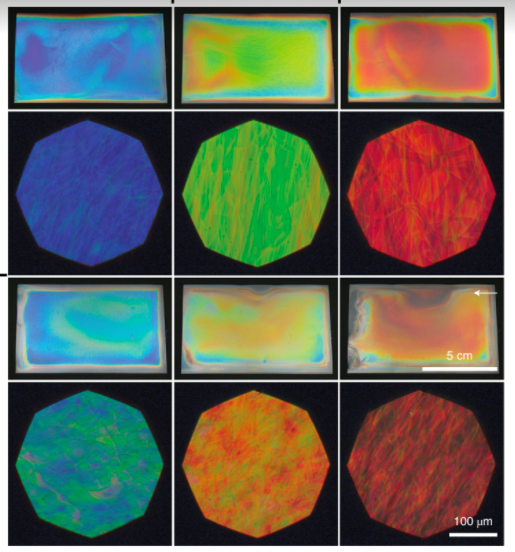News
Carbohydrate nanoparticles, both naturally derived and synthetic ones, have attracted scientific and industrial attention as...
Glycosaminoglycans are linear, anionic polysaccharides (GAGs) consisting of repeating disaccharides. GAGs are ubiquitously localized throughout...
The opportunistic pathogen Pseudomonas aeruginosa, a major cause of nosocomial infections, uses carbohydrate-binding proteins (lectins)...
Tools to study glycans are rapidly evolving; however, most of the present knowledge is deeply...
The SARS-CoV-2 virus enters the host cell through the spike protein that binds to the...
Chitin is the second most abundant natural polymer in the world after cellulose, mainly derived...
Heparin, a naturally occurring glycosaminoglycan, has been found to have antiviral activity against SARS-CoV-. The...
Carbohydrate molecules present in more than 14,000 Protein Data Bank (PDB) structures have recently been...
The dense glycan shield is an essential feature of the SARS-CoV-2 spike (S) architecture, the...
Thirty years have elapsed since the emergence of the classification of carbohydrate-active enzymes in sequence-based...
A must-read review article, where the author draws his perspective of how computational efforts should...
Abstract: In life science fields, database integration is progressing and contributing to collaboration between different...
When glycans start attracting general attention, the main features of glycobiology are described displaying the...
Most lectins bind carbohydrate ligands with relatively low affinity, making the identification of optimal ligands...
Cellulose nanocrystals are renewable plant-based colloidal particles capable of forming photonic films by solvent-evaporation-driven self-assembly....

